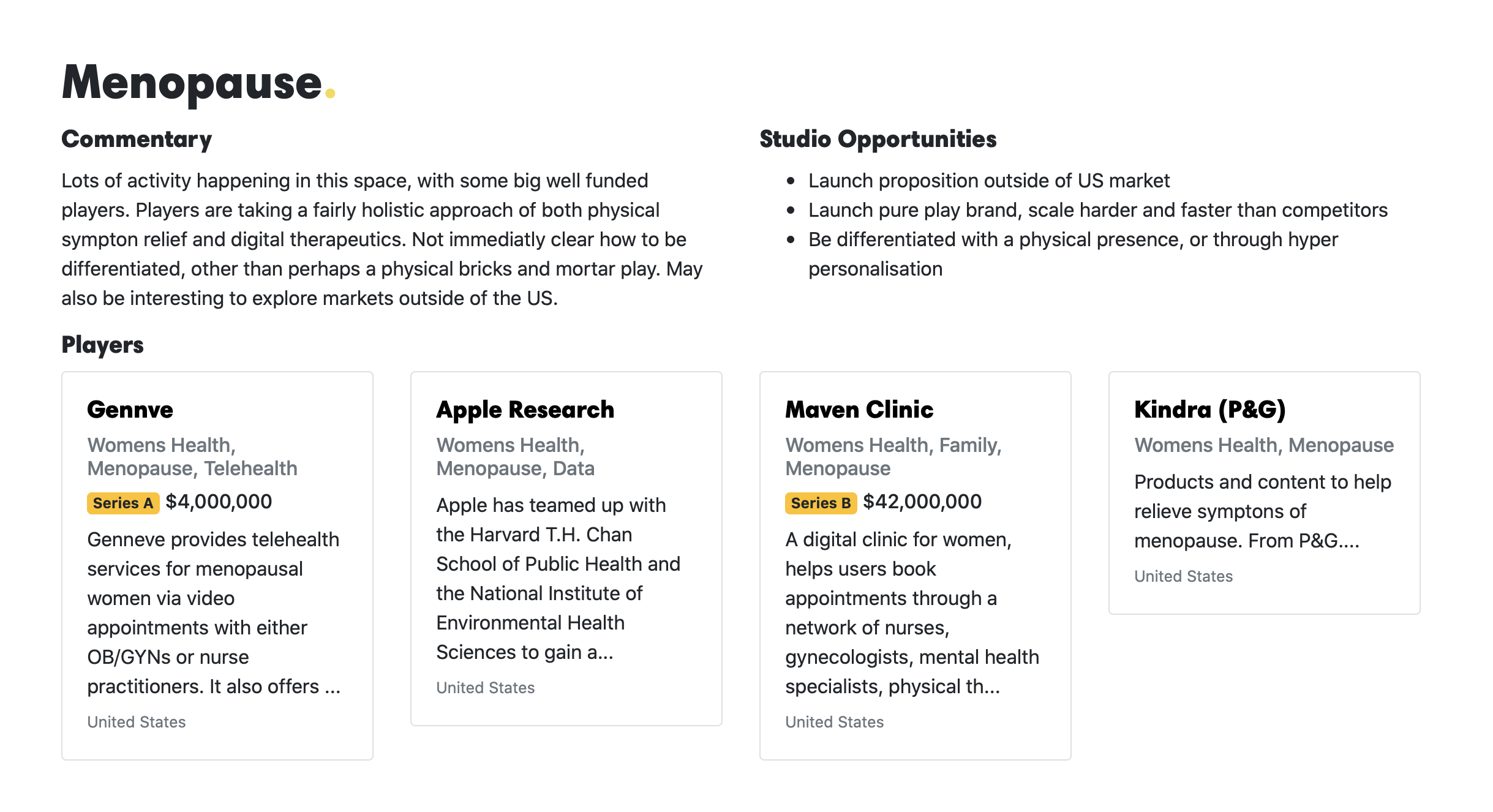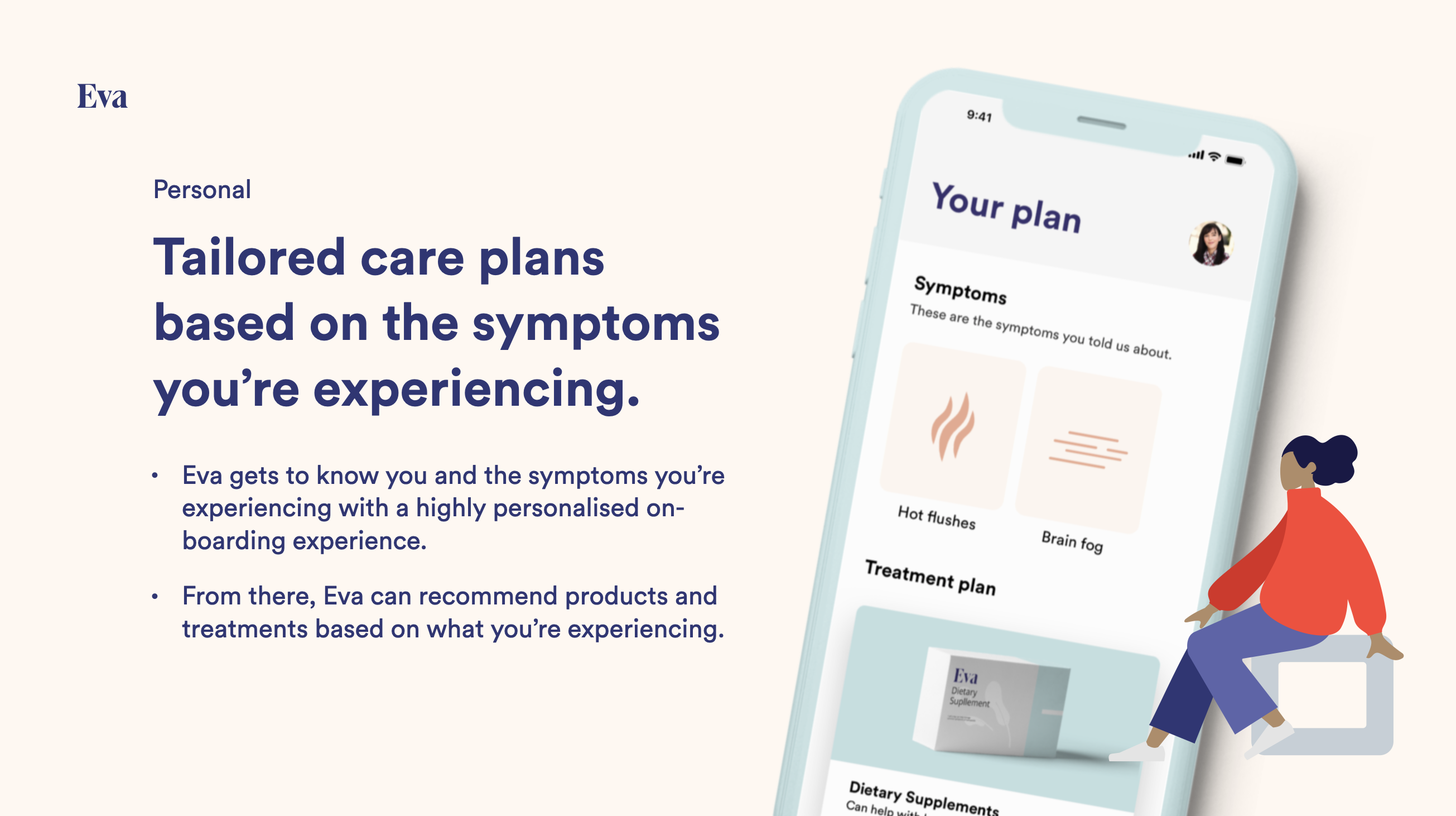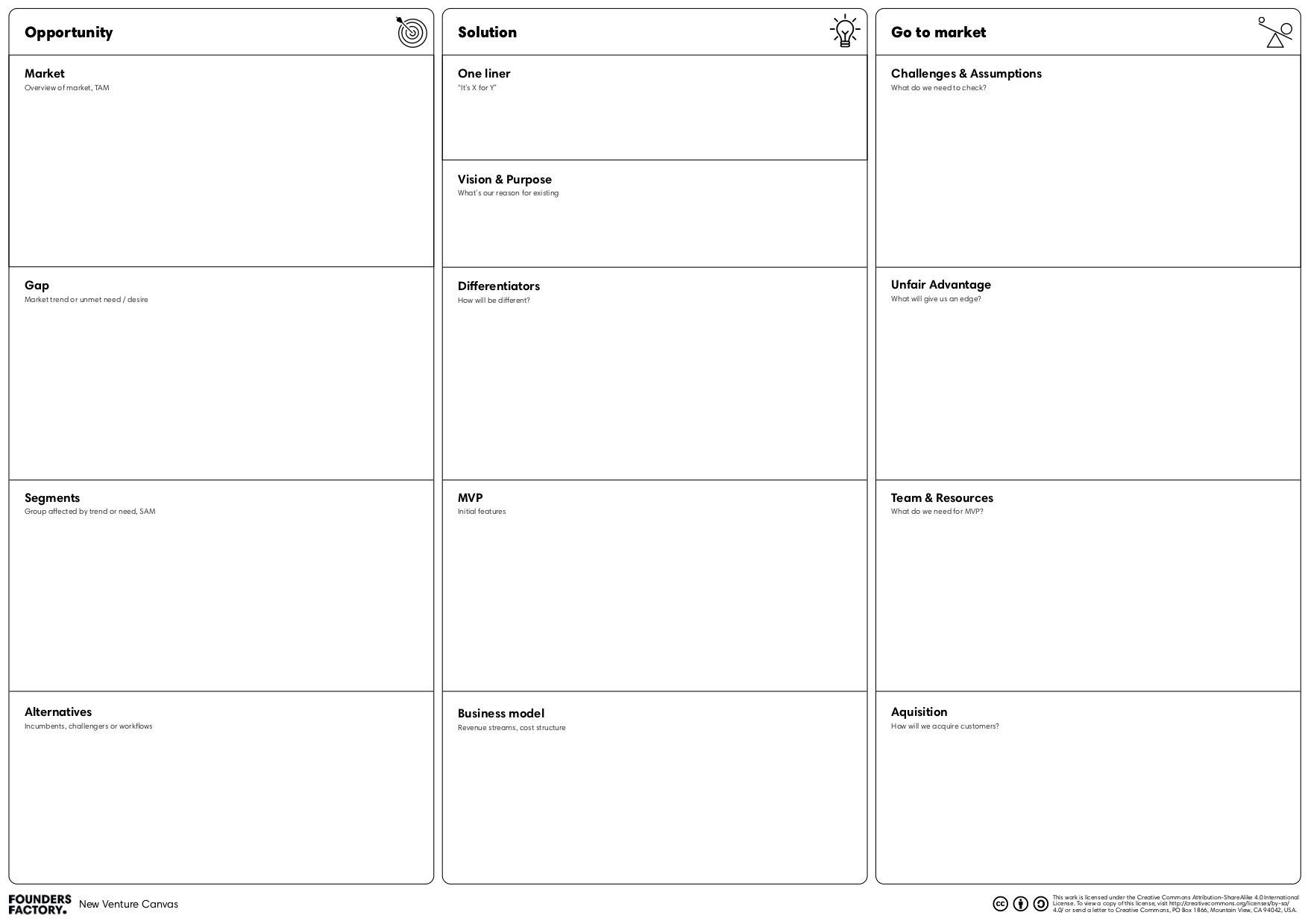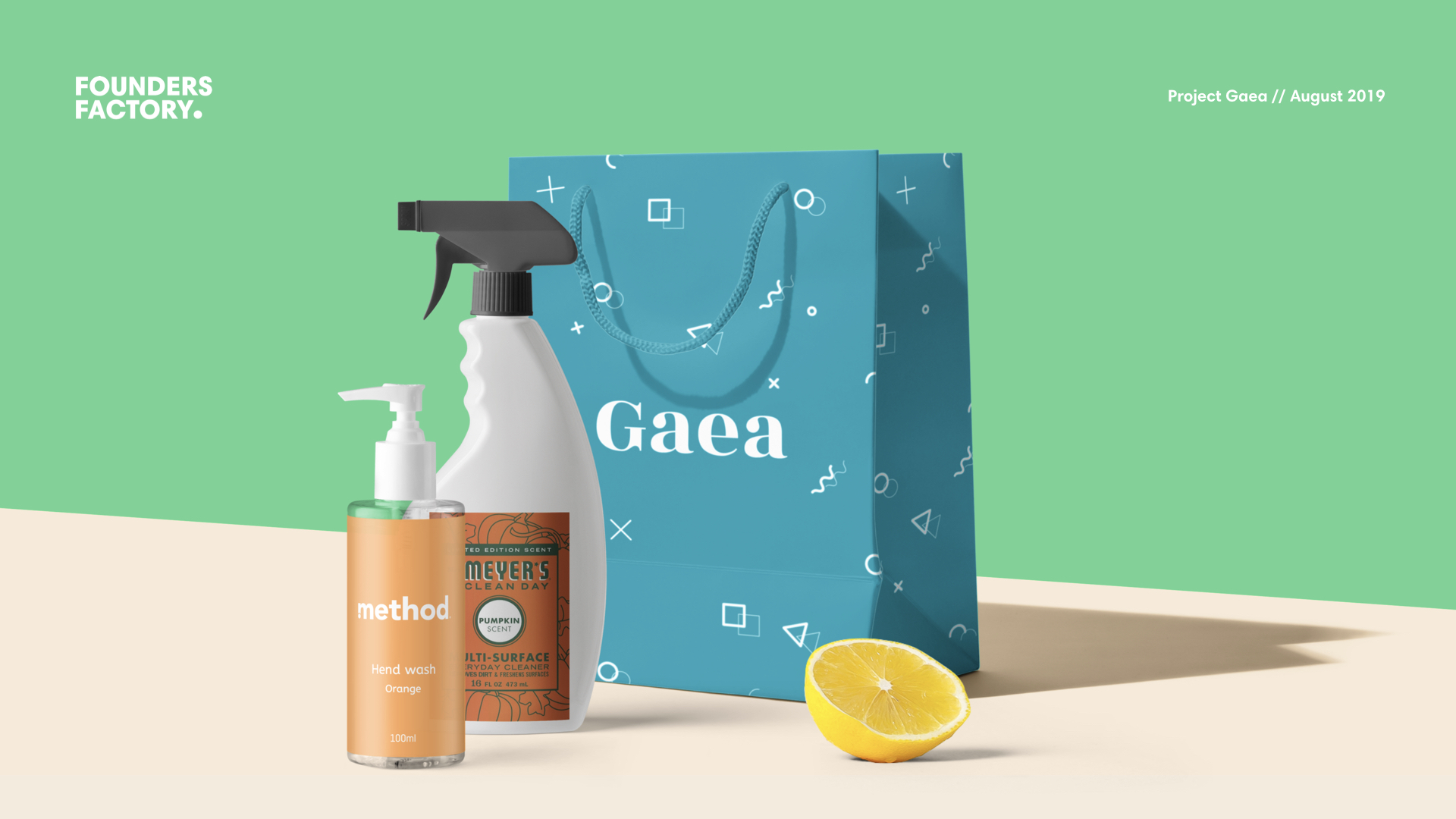Before diving into the how, let’s take a look at what we’re working towards as an output from venture design.
It’s a concept, not a blueprint
Venture design’s primary purpose is to identify a compelling opportunity, and a reasonable means to get a business started. Our process is not about creating an exact blueprint for a business, as it’s next to impossible to anticipate and answer everything at this stage. Instead our aim is to give the founding a team a solid foundation to build and expand upon.
Can you really design a startup?
When talking about venture design, a question often asked is “can you really design a startup?”. To answer that question it’s worth acknowledging two things:
- Good ideas without execution are worthless
- Executing on a bad idea is meaningless
In other words, you can’t really have one without the other. So a helpful question to ask ourselves is often “How can we set the future founding team up for success?”.
Where, What, How
So what are the outputs of venture design? Well, there are three core things we should be able to comfortably articulate:
- Opportunity – What’s the market gap and unmet user need or desire? Where should we go looking?
- Solution - A credible solution hypothesis on how to address that need. What could potential product offerings be?
- Go to market – Clear differentiating factors and unfair advantage. How we’re going to realistically get this off the ground.
The New Venture Canvas
The New Venture Canvas is a way of capturing the three core outputs. It’s heavily inspired by the Lean Canvas, but makes it easier to pitch your idea, as well as capture additional information about markets and forces upon them. This should be used as a working document.
Example Artefacts
A question often asked is “What things should I have at what stage?”. A deck? A canvas? Without being too prescriptive, that largely depends on what iteration you’re on. As a rule of thumb, with every cycle around the flywheel there should be increased fidelity. In other words, start rough and scrappy and avoid things like pitch decks when starting out.
Another way of looking at it: we’re trying to avoid getting too invested in any one particular idea. The more time we put into crafting a beautiful deck, the more wedded we become, which makes it harder to move on or explore other ideas.
Here’s a worked example to give you an idea of what to aim for, when:
Pass 1
Initial exploration and ideation around a specific Focus Area. Lots of divergent thinking. Quantity of ideas over quality at this stage, so should be no emphasis on any one particular idea.
Discover
- Initial desk research
- Initial market landscaping
- Synthesis of key findings per Focus Area
- Initial articulation of opportunity or unmet need

Above is an example of this: we have some commentary about what we’ve found out, some example players, and an initial idea of what the opportunities could be. Again it doesn’t have to be this particular format, but as long as you can a) talk someone through it and b) it doesn’t take you long to produce.
Generate
- A number of divergent HMWs per Focus Area
- Initial ideation around HMWs
- Aim for 5 to 10 distinct ideas
- Ideas captured in the form of a New Venture Canvas

Above is an example of an initial idea on a first pass. Fairly high level, but is specific.
Challenge
Challenge sessions remain largely the same throughout the process (See: Reasoning with ideas), the only difference being you’ll obviously have less time for each idea as you’re reviewing more together. Don’t let ideas be killed at this stage: everything should move forward to Check.
Check
As you’ll have a large number of ideas at this stage, your Check work should be fairly top level, which generally means using desk research to to answer anything raised in Challenge. Avoid anything to bespoke at this stage.
Pass 2
You’ll likely now have a pretty good sense of where gaps exist in each idea. Desk research will only get you so far, so now is generally a good time to go a bit deeper. Most work here will be focussed on the unmet need and segment of our target customer.
Discover
- User interviews about the unmet need
- Domain expert interview about unmet need, and walkthrough of initial thoughts on how to address it
- Surveys to plug gaps from desk research

Questioning should be kept largely around the need, rather than the proposed solutions.
Generate
Your thinking is hopefully a bit more sophisticated around a particular area now then when you started, so your idea may change considerably. Here you might want to do ideation again, but perhaps around a particular HMW.
For example, our research highlighted that most women began their search online for menopause information, so our ideation was focussed on purely digital plays, as opposed to the physical plays we were originally thinking.
Here we started to produce some concept artwork to explain the idea to our partner, J&J.

Pass 3, 4, and beyond
As you whittle the number of ideas you’re exploring, or some of them begin to converge, the level of fidelity required to answer questions increases. Here it may begin to make sense to start testing the specifics of your proposition.
Prototypes
Sometimes to answer a question it requires us to build something and observe a particular behaviour. The most common type of prototype we build is a landing page. Here’s some examples:
See Experiment Design for more details.
Pitch deck
A large part of what we do is story telling, and a deck is one way of doing that. Whilst this shouldn’t be the sole artefact, it can be a useful tool for sending to prospective founders, as well as articulating the opportunity to our partners.
There’s no set format for our decks: just whatever’s right to get the opportunity and concept across. Here’s a few examples:
You can find templates for these decks in our Google Drive under Incubator > Concepts.
Anatomy of a Venture Designer →


